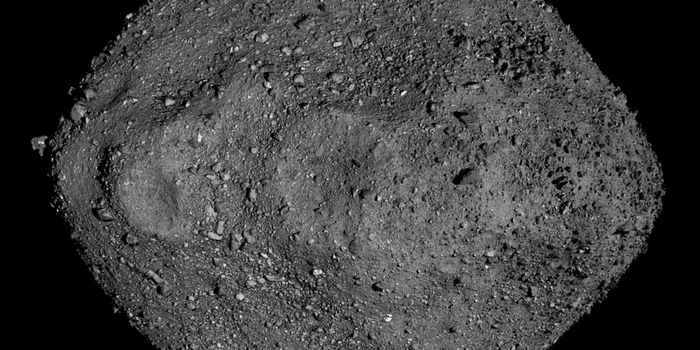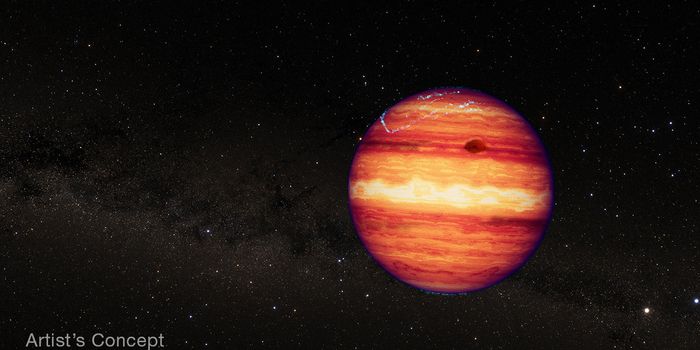Antarctic Sea Ice Has History of Melting
In a recent study published in Communications Earth & Environment, an international team of researchers led by Aarhus University examined geological records of melting of the East Antarctic Ice Sheet, specifically in the Dronning Maud Land, between 9000 and 5000 years ago. This study holds the potential to help scientists better understand how melting sea ice impacts rising sea levels across the globe since Antarctic ice sheets comprise 60 percent of the planet’s fresh water supply.
Researcher Nathaniel Lifton (foreground) and mountain guide Carl Lundberg (top left) climbing a small mountain looking rock samples. (Credit: Ola Fredin, Norwegian University of Science and Technology)
“The ice sheet in East Antarctica stores enormous amounts of water. This means that this is the biggest possible source of future sea level rise – up to 53 meters (174 feet) if all of the East Antarctic ice melts – and is seen as the largest source of uncertainties in the future sea level adaptation planning,” said Dr. Irina Rogozhina, who is an associate professor in the Department of Geography at the Norwegian University of Science and Technology (NTNU), and a co-author on the study.
For the study, the researchers collected 39 samples from three locations (Grjotfjellet, Rabben, and Terningskarvet) in Antarctica and conducted cosmogenic dating methods in a laboratory setting of the samples. The reason the three sites were chosen was due to the uneven distribution of the ice sheet in Antarctica, as ice in western Antarctica is largely below sea level while ice in east Antarctica is as high as 2,500 meters above sea level. It is this low elevation ice in western Antarctica that is of the most concern, as it is more susceptible to warming of the surrounding ocean.
“From the evidence we presented in our study, we concluded that the East Antarctic ice sheet in Queen Maud Land also melted rapidly along its margins between 9,000 to 5,000 years ago, in a period we call the mid-Holocene. At this time, many parts of the world experienced warmer-than-present summers,” said Dr. Rogozhina. "Although this kind of response by the East Antarctic ice sheet to the warmth during the Holocene is not completely unexpected, it is still difficult and worrisome to believe that the sluggish East Antarctic ice sheet can change so rapidly.”
What new discoveries will scientists make about the melting Antarctica’s ice sheet throughout Earth’s history, and how much will climate change impact this melting? Only time will tell, and this is why we science!
Sources: Communications Earth & Environment, EurekAlert!
As always, keep doing science & keep looking up!









